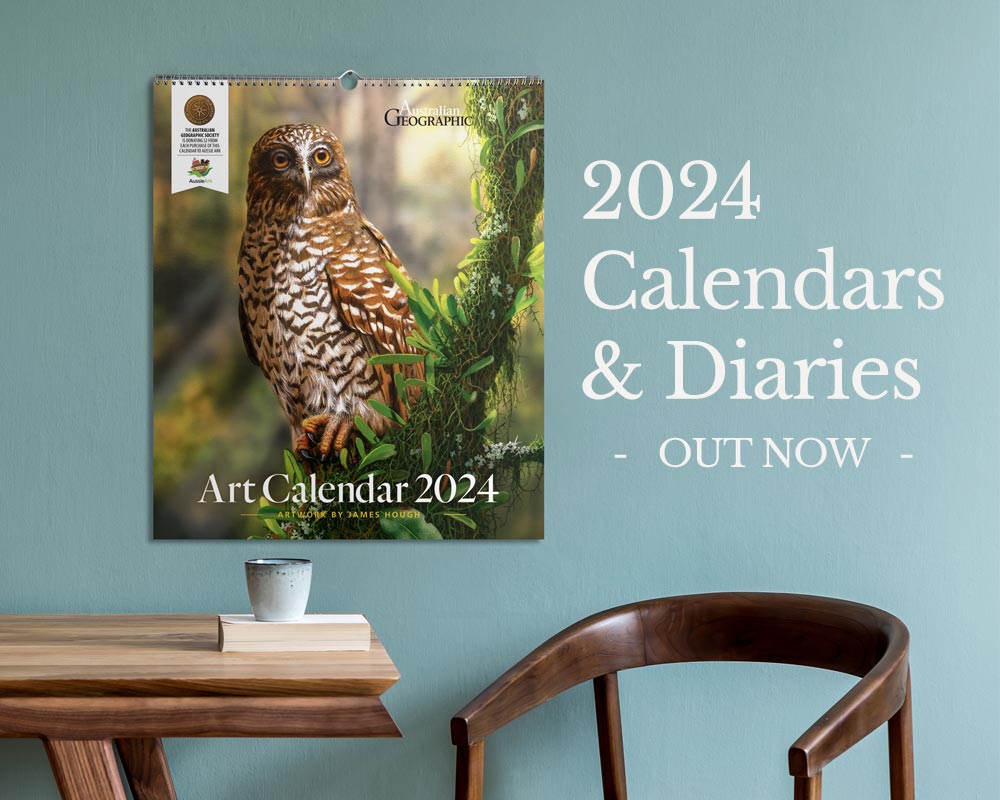Indigenous art highlights Sydney’s Garden Palace fire of 1882

ON 22 SEPTEMBER 1882, a fire swept through the Sydney Royal Botanic Garden, reducing both its Garden Palace and large catalogue of Indigenous cultural objects to ash. As part of the Gardens bicentenary celebrations, and to commemorate the loss of these artefacts and associated Aboriginal knowledge, Jonathan Jones has created an installation called barrangal dyara (skin and bones), which traces the building’s physical outline with 15,000 ash-white shields.

Jonathan Jones places shields down for barrangal dyara. (Image credit: Emma Pike/Kaldor Public Art Projects)
Commissioned by New South Wales premier and federalist Sir Henry Parkes, the Garden Palace opened in September 1879 for the Sydney International Exhibition, the first world’s fair held in the Southern Hemisphere. Architect James Barnett modelled the cathedral-like building on London’s Crystal Palace. It was built in just eight months. With a floor area of 20,000sq.m, the palace was three times the size of Sydney’s Queen Victoria Building and towered over the city as a grand declaration to the world of the colony’s sophistication.
Related gallery: Jonathan Jones’s barrangal dyara
The palace was filled with displays celebrating Australia’s major exports: wheat, gold and wool. The exhibition also included an ethnographic exhibition of Indigenous artefacts and items that had been traded by Aboriginal communities over the previous hundred years. At the end of the successful seven-month-long exhibition, which recieved over one million visitors, the artefacts were placed in storage in the palace. When the predominantly-wooden building burnt down three years later, these items and their inherent cultural links were lost.

An aerial shot of barrangal dyara (skin and bones). (Image credit: Emma Pike/Kaldor Public Art Projects)
Jonathan Jones, 38, is a Wiradjuri and Kamilaro man and mixed-medium artist who with barrangal dyara aims to bring the little-known tale of the loss of these artefacts to a wider audience; the white shields, based off traditional designs from South-eastern Australia, trace the border on which the palace once stood.

Jonathan explains that the artwork is intended to both commemorate the loss and celebrate Indigenous resilience: “Barrangal dyara is a response to the immense loss felt throughout Australia due to the destruction of countless culturally significant Aboriginal objects,” he says. “It represents an effort to commence a healing process and a celebration of the survival of the world’s oldest living culture despite this traumatic event.”
A variety of Indigenous languages, including the Sydney language, Gumbaynggirr, Ngarrindjeri, Paakantji, and more, are projected through speakers into the space. Jonathan, among others, joins them; he provides free talks daily at 12.30pm.
Barrangal dyara (skin and bones) will be at the Royal Botanic Gardens until Monday 3 October. www.kaldorartprojects.org.au/project-32-jonathan-jones
READ MORE:
- 200 years old: The Royal Botanic Garden
- Travel with us: Aboriginal art rock tour
- Australia’s top 7 Aboriginal art rock sites

